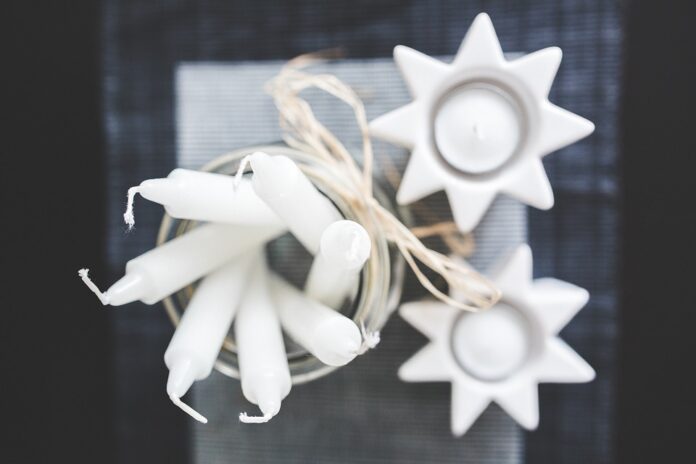The Art of Upcycling: How to Repurpose Items for a Sustainable Home
In today’s world, sustainability is more important than ever. One way to bring sustainability into your home is through the art of upcycling. This involves taking old or used items and repurposing them into something new and useful. Not only does upcycling reduce waste, but it also adds a unique touch to your home decor. Here are some tips on how to upcycle items for a sustainable home.
Choosing the Right Items to Upcycle
When it comes to upcycling, the possibilities are endless. Look for items that you no longer use or items that are destined for the trash. Old furniture, glass jars, clothing, and even pallets can all be upcycled into something new. Before you start upcycling, consider the condition of the item and how you can transform it into something useful or decorative.
Getting Creative with Upcycling Projects
Once you have chosen your items to upcycle, let your creativity run wild. There are countless ways to repurpose items for your home. Turn an old dresser into a kitchen island, transform mason jars into plant pots, or use old T-shirts to make a braided rug. The key is to think outside the box and see the potential in items that others may consider trash.
Tools and Materials You’ll Need
To successfully upcycle items for a sustainable home, you’ll need a few basic tools and materials. Some common tools include a hammer, nails, sandpaper, and paintbrushes. Depending on the project, you may also need specific materials such as paint, fabric, or glue. Before starting a project, make sure you have all the necessary tools and materials on hand.
Tips for a Successful Upcycling Project
To ensure a successful upcycling project, here are some tips to keep in mind:
1. Plan ahead: Before diving into a project, take the time to plan out your design and gather all the necessary materials.
2. Take your time: Upcycling can be a fun and rewarding process, so don’t rush through it. Take your time to ensure a quality result.
3. Experiment: Don’t be afraid to try new techniques and materials. Experimenting can lead to unique and creative upcycled items.
4. Share your creations: Once you’ve completed a project, share it with others. Not only will you inspire others to upcycle, but you’ll also gain feedback and ideas for future projects.
The Benefits of Upcycling
Upcycling has numerous benefits for both the environment and your home. By repurposing items, you can reduce waste and lower your carbon footprint. Additionally, upcycled items add a personal touch to your home decor and can save you money on buying new items. Overall, upcycling is a sustainable and creative way to make your home more eco-friendly.
Frequently Asked Questions
1. What is the difference between upcycling and recycling?
Recycling involves breaking down materials to create new products, while upcycling involves repurposing items into something new without breaking them down.
2. Can anyone upcycle items for their home?
Yes, upcycling is a fun and creative activity that anyone can do. It doesn’t require any special skills, just a bit of imagination and creativity.
3. How can I find inspiration for upcycling projects?
You can find inspiration for upcycling projects online, through DIY blogs, Pinterest, or by attending local workshops and events.
4. Are there any items that cannot be upcycled?
While most items can be upcycled in some way, it’s important to consider the condition of the item and how it can be repurposed before starting a project.
5. Is upcycling cost-effective?
Yes, upcycling is a cost-effective way to add unique items to your home decor without spending a lot of money on new products.

